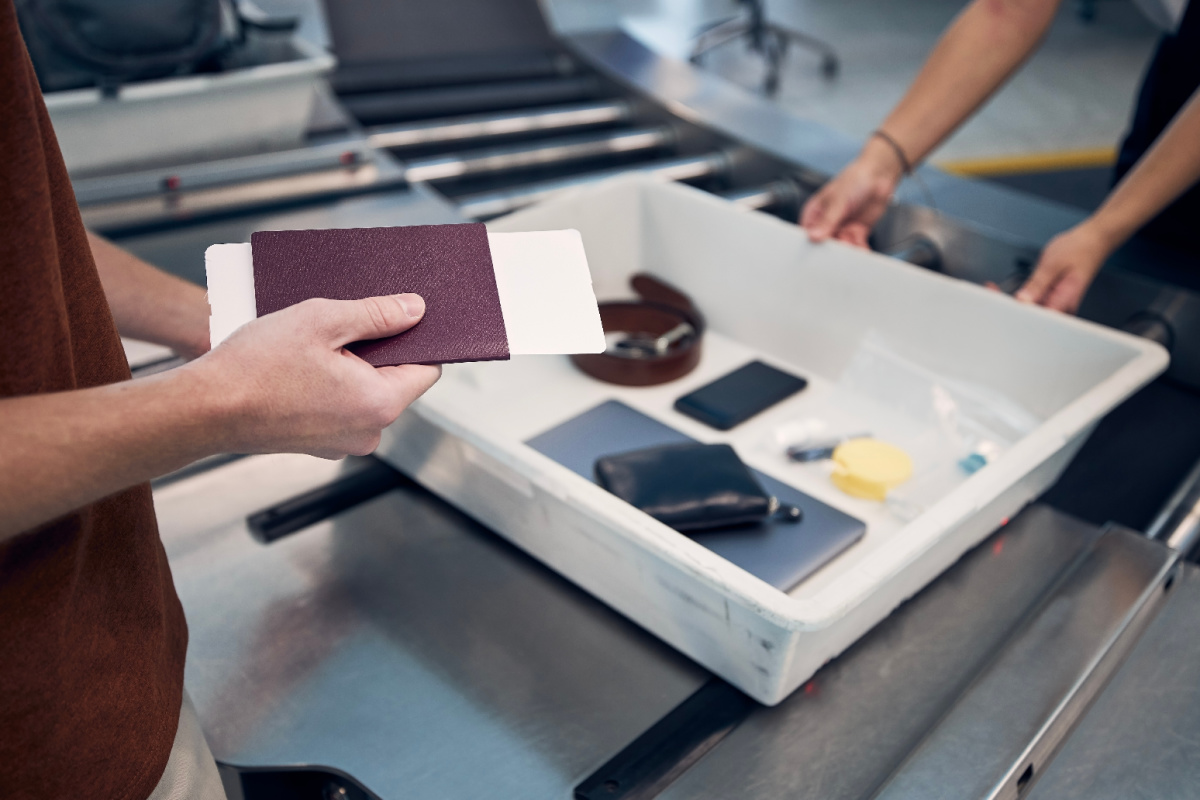Exciting improvements are on the horizon for travelers at Bali Airport! The management team at I Gusti Ngurah Rai International has confirmed plans to upgrade terminal facilities to enhance the passenger experience significantly.

Automated Systems to the Rescue
Faik Fahmi, the President Director of PT Angkasa Pura Indonesia—responsible for Bali’s main airport—recently revealed some interesting updates to the media. Following the successful implementation of automated tray return systems at Jakarta’s Soekarno-Hatta Airport, Bali is set to follow suit.
Now, I know what you’re thinking—upgrades to security systems might not be the most thrilling news. It’s certainly not as captivating as tales of lazy beach days or sunset cocktails! However, from a frequent traveler’s standpoint, these upgrades could make a world of difference. Imagine breezing through security without the usual chaos of fumbling with trays and bags.
The Impact of Automated Tray Return Systems
These automated systems will speed up the security checkpoint process remarkably. As Fahmi noted, “If we use the existing equipment, we can only serve 200 people in one hour. But with ATRS (automated tray return systems), we can serve 500 people in one hour.” It’s like going from a crowded local diner to a well-oiled restaurant chain!
A Hassle-Free Experience
One of the most frustrating aspects of airport security is having to dig through your bag for laptops, tablets, and toiletries. But with these improvements, passengers will no longer need to remove these items, which saves time and reduces stress. Picture this: You’re at security, and instead of finding yourself in a frenzy, you just walk through, laptop in bag. It’s genuinely a game changer!
Handling Security Checks Efficiently
Fahmi also shared that if certain items need extra scrutiny by airport security (Avsec), the system will redirect those items without causing delays for other passengers. This means less hassle and more efficiency—something every traveler can appreciate! He noted, “If a bag needs to be checked again, it will immediately move into a special line, ensuring smooth processing.”
Looking Toward a Relaxed Travel Experience
With the rollout of these upgrades anticipated throughout 2025, the airport is committed to improving the overall passenger experience. Just imagine having that extra time to relax or explore the wonderful shops and dining options at I Gusti Ngurah Rai International before your flight. Doesn’t that sound lovely?
The Future of Bali Airport
Fahmi emphasized three key areas of focus for the airport: enhancing infrastructure, embracing digitalization, and refining human resources management. These steps aim to accommodate the projected rise in tourism, with Bali anticipating 6.5 million international visitors in 2025 and hopes of reaching 7 million.
The discussions surrounding the necessity for a second international airport in North Bali have gained momentum, particularly after President Prabowo Subianto’s recent inauguration. It appears there is a genuine commitment to developing North Bali Airport as part of future plans.
Continuous Improvements at I Gusti Ngurah Rai International
In the meantime, significant upgrades to I Gusti Ngurah Rai are already underway. With the introduction of autogate technology in late 2024, immigration processing times have been cut to mere seconds for travelers with e-visas. This easy access to a 30-day tourist visa prior to arrival has undoubtedly made visiting Bali more convenient than ever.
Yet, there may still be more innovations on the way. The Chairman of the Association of Indonesian Tours and Travel Agencies, Bali Putu Winastra, has called for a unified management system for all airport operations—a model that could streamline processes similar to that of Singapore’s Changi Airport, known for its efficiency.
As we watch these changes unfold at Bali Airport, travelers can look forward to a smoother, stress-free journey. After all, who wouldn’t want to spend more time enjoying the stunning beaches and vibrant culture Bali has to offer?





